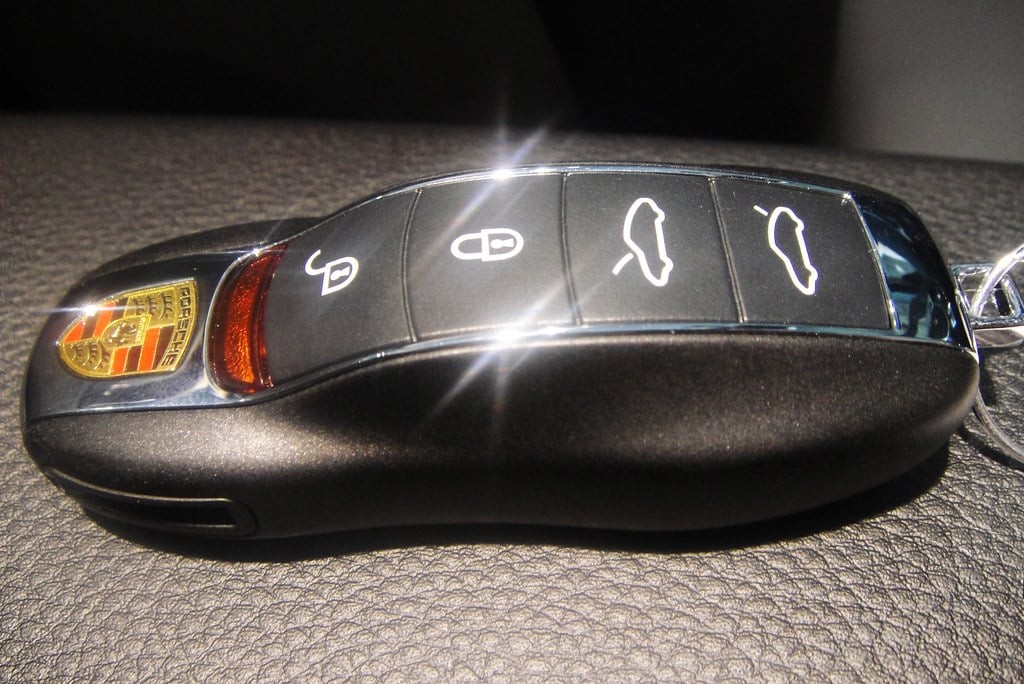Car remote controls, or key fobs, have become indispensable for modern car owners. They offer convenience and security, allowing you to lock and unlock doors, activate alarms, and even start your vehicle remotely. However, like any electronic device, car remotes can sometimes lose their programming or need to be reset. Fortunately, in many cases, you can reprogram your car remote control yourself without the need for a professional. This guide will walk you through the general steps to program your car remote, empowering you to regain control at your fingertips.
It’s important to note that while the following steps provide a general approach, the specific programming procedure can vary significantly depending on your car’s make, model, and year. Always consult your vehicle’s owner’s manual for the most accurate and manufacturer-recommended instructions for programming your car remote control. This manual often contains detailed, step-by-step guidance tailored to your specific vehicle. You can usually find a physical copy of the manual in your glove compartment, or access a digital version on the manufacturer’s website.
While specific steps differ, a common method involves an in-car programming sequence. Here’s a general outline of how to program a car remote control:
Step 1: Get Inside and Prepare
Begin by sitting in the driver’s seat of your car. Ensure all doors are completely closed. Have both your ignition key and the car remote control you wish to program readily available. Turn off all accessories like the radio or interior lights to minimize electrical interference during the programming process.
Step 2: Ignition Cycling
Insert your car key into the ignition. Turn the key to the “ON” position – this is the position just before you would crank the engine to start. Leave the key in the “ON” position for a few seconds. The duration can vary, but generally, a couple of seconds is sufficient. Do not start the engine. You are only activating the car’s electrical system.
Step 3: Initiate Lock Button Sequence
Now, take your car remote control and aim it towards the front of the car, typically in the direction of the rearview mirror area where the receiver is often located. Press and hold the “LOCK” button on the remote for a few seconds. Some vehicles might require you to press and hold other buttons like “UNLOCK” or “PANIC,” so again, refer to your owner’s manual for specifics.
Step 4: Turn Ignition Off and Repeat
Turn the ignition key back to the “OFF” position immediately after pressing the “LOCK” button. Remove the key from the ignition. At this point, the car’s system should be in programming mode, ready to learn the new remote signal. If you have additional remotes to program, repeat steps 2 and 3 quickly for each remote, one after another. Many car systems are designed to program all remotes in a single programming session, and failing to program all remotes at once might deactivate previously programmed ones.
Step 5: Test the Remotes
After programming all desired remotes, re-insert the ignition key and turn it to the “ON” position again, without starting the engine. Press the “LOCK” button on each remote to test if the programming was successful. You should hear the car locks engage or see the lights flash, indicating successful programming. If a remote doesn’t work, repeat the entire process, ensuring each step is followed precisely and quickly.
Important Considerations:
- Timing is Crucial: Many car remote programming sequences are time-sensitive. Perform the steps quickly and without pauses, especially between ignition cycles and button presses.
- Specific Car Models: As emphasized, these are general steps. Luxury brands like BMW or Mercedes, or specific models from other manufacturers, might have unique and more complex programming procedures. Always prioritize your owner’s manual.
- Aftermarket Remotes: If you are using an aftermarket or replacement remote, ensure it is compatible with your car’s system. Some aftermarket remotes may require professional programming.
- Professional Help: If you encounter difficulties or are unsure about any step, it’s always best to consult a qualified car locksmith or dealership technician. They have the expertise and tools to program car remotes accurately and efficiently, especially for more complex systems or when issues arise.
In conclusion, programming your car remote control can often be a straightforward process you can handle at home. By following these general steps and, most importantly, consulting your vehicle’s owner’s manual for specific instructions, you can regain the convenience and security of your car remote. However, remember that complexities can arise, and professional assistance is available when needed to ensure successful car remote programming.


